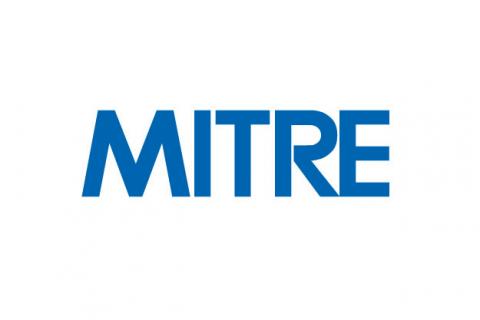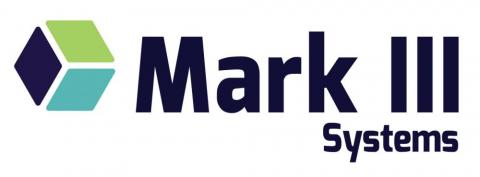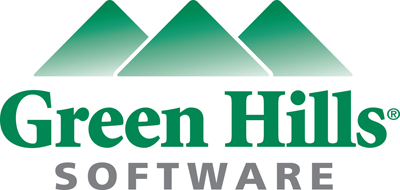Monday, September 9 — 11:30 AM - 2:30 PM
UAS Track
In the latest years, sense and avoid (SAA), or detect and avoid (DAA), has represented one of the main roadblocks to the integration of unmanned aircraft systems (UAS) operations. This course outlines and reviews architectures, technologies, and algorithms for SAA. First, starting from a discussion about what constitutes a UAS and how it is different than manned aircraft, basic SAA definitions and taxonomies are discussed. Ground-based/airborne and cooperative/non-cooperative architectures are covered. The SAA process is dissected into its fundamental tasks, which are discussed in details. Different sensing algorithms and technologies are presented, including radar and optical systems. Potential and challenges of multi-sensor-based systems and data fusion are pointed out. Techniques for conflict detection, and approaches for remotely operated or autonomous avoidance are introduced. The tutorial ends with an overview of current perspectives and recent progress relevant to SAA for UAS integration in the Air Traffic Management (ATM) system and in the framework of UAS Traffic Management (UTM) / U-Space and Urban Air Mobility.
Giancarmine Fasano is Associate Professor at the University of Naples "Federico II", where he holds courses in "Unmanned Aircraft Systems" and "Space Flight Dynamics". His research activities in the field of aeronautics are focused on UAS, and in particular on sense and avoid and cooperative multi-UAV systems. In the space field he is mainly interested in distributed space systems and proximity operations, with emphasis on relative motion design and control. He is Member of the Avionics Systems Panel of the IEEE Aerospace and Electronic Systems Society and Associate Editor of the IEEE AESS Magazine for the UAS area of specialty. He is also Member of the AIAA Sensor Systems and Information Fusion Technical Committee and of the IAA Committee on Small Satellites. He has co-authored over 110 publications and five book chapters.


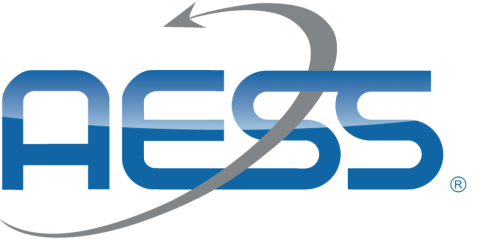
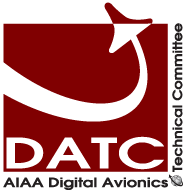

.png)


